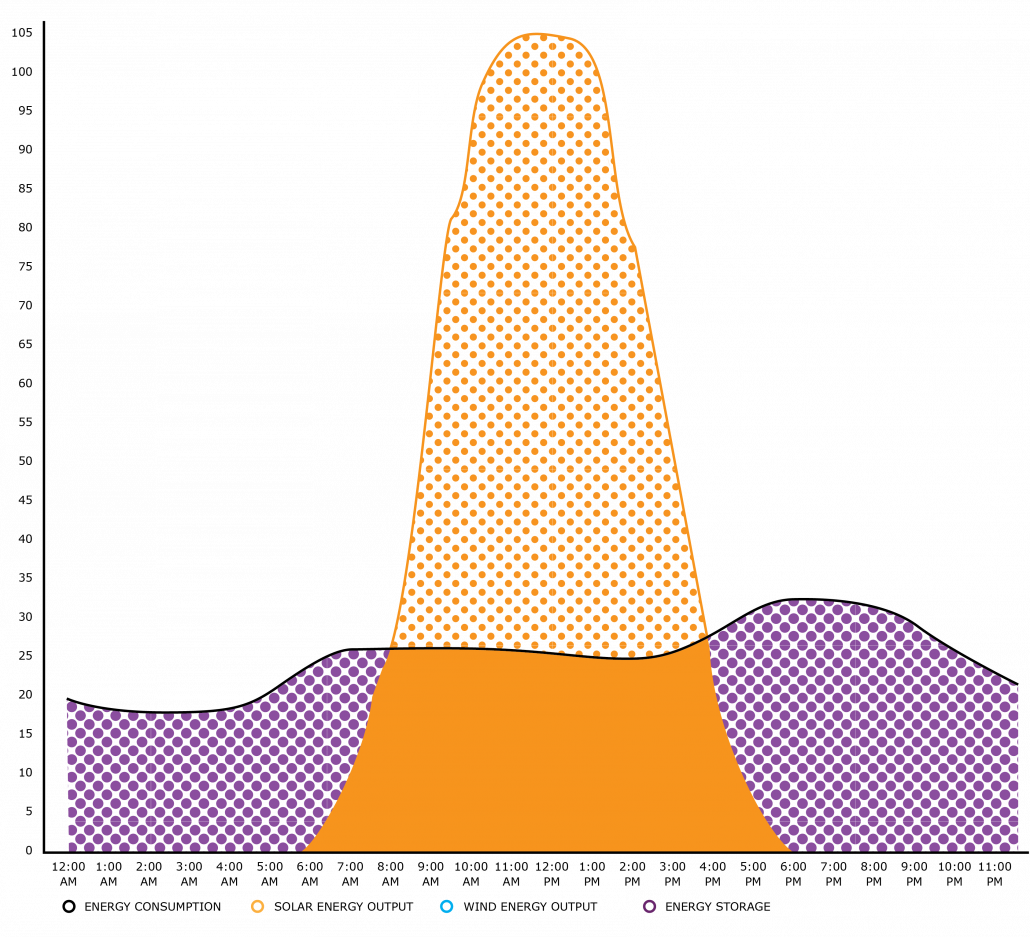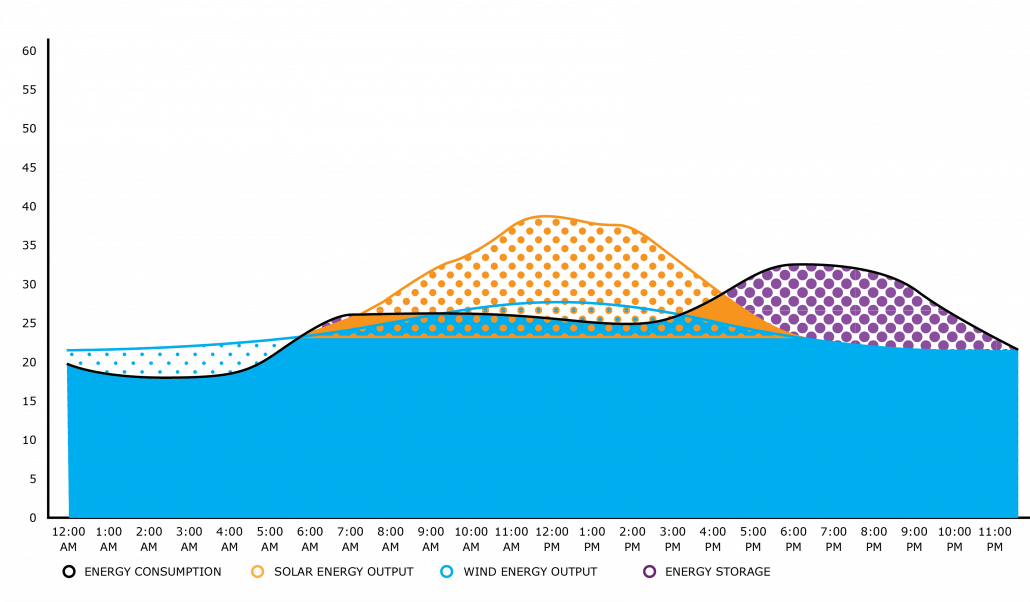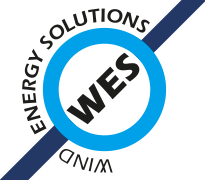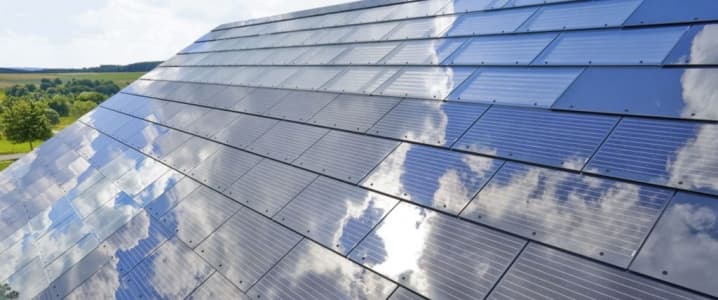Solar and Wind energy, the perfect match
Combining wind and solar energy, the big picture
Solar panels are very popular and are becoming cheaper by the day. Not only are they easy to place on roofs or vacant pieces of land, they are one of the least intrusive renewable technologies available on the market at the moment. When placed on top of buildings their placement and size making them almost invisible. Because of all these positive traits of solar panels. we frequently hear the question: ‘’Why should we purchase a wind turbine when we can also have solar panels?’’
Solar panels are a great source of renewable energy, they can be put on roofs and pick up electricity during daytime. But unfortunately the sun goes down every day. Even in countries where the sun is at full strength, windmills are an excellent addition. Why? The answer is surprisingly simple: for all the hours that there is insufficient sun.
Solar can’t provide the energy peak needed when most households do their chores within the same part of the day.
In countries near the equator the sun is at its fullest strength but actually only shines half the time. This will supply electricity for the daytime peak where all offices and factories run. At noon people go home from work and use a lot of home utilities to comfortably enjoy their leisure time. Solar can’t provide the energy peak needed when most households do their chores within the same part of the day. The combination of sun and wind energy can ensure everyone to enjoy their day to the fullest. In this blog I will explain how these different renewable sources should be deployed together in perfect harmony.
The energy consumption or “load”
The daily energy consumption of households is as follows:
This graph represents the energy load of a small community. As you can see, the peak of energy demand is during the evening. This peak is caused by the fact that during the day, people are often at work or engaged in other outdoor activities. In the evening everyone often starts cooking food at the same time, turning on the air conditioning, home media systems, dishwasher, laundry machine and the lights.
In the image above we assume that no sustainable energy is used. The energy consumed in this case is obtained entirely from the grid. In many countries this grid is supplied by fossil fuel-fired plants, which is not only a “dirty” solution, but also an expensive one. In addition, being dependent on the central grid is also dangerous when there is a power outage due to external reasons and can’t be repaired immediately. This will have devastating consequences for public health, social security and businesses, as were seen after Maria hit Puerto Rico. The hidden losses of a power outage are enormous. Want to more about the unforeseen consequences, read this article. More and more authorities choose to privatize the power utility market and let businesses and communities be self-reliant in their energy needs.
In order to generate enough electricity to power houses both during the day and store it for the consumption during the night, you would need twice as many solar panels, and even more batteries to provide renewable energy all day.
The supply of sunlight, and the times of shortage
The biggest “shortcomings” of solar panels are now quite clear. When the sun is down, no energy is generated by the panels, and when it is cloudy, less will be generated. The image below clearly shows why this is a problem. Most of the energy is generated during the day, where it is not quite as necessary as in the evening. This means that most of the energy will have to be stored in order for it not to go to waste, and to have enough energy to power all the homes in the evening and night. But this brings with it its own problems, the main ones being storage efficiency and cost.

In order to generate enough electricity to power houses both during the day and store it for the consumption during the night, you would need twice as many solar panels, and even more batteries to provide renewable energy all day. This is because quite a bit of power lost when storing electricity, and lose even more when it is later distributed. Not to mention the costs of all the batteries needed to store enough energy to power a small community throughout the night. Furthermore, this solution requires the solar panels to generate enough electricity all the time, which as mentioned is dependent on how cloudy the skies are during the day. By utilizing several different energy sources, this dependency on the weather is drastically reduced!
By adding wind to the energy generation a much smaller-scale storage source (for example, a battery or hydrogen) is needed.
Wind fills the substantial gaps
The solution is to combine renewable sources. The big plus of wind energy is that it is a more constant source of energy. This allows you to properly cover the energy gaps during the day! In areas with sufficient wind, the generation of wind energy is several times cheaper than storing solar energy in batteries. A good example are the islands in the Caribbean. The Lesser Antilles for example have lots of sun and a strong constant wind, an ideal situation for setting up an all renewable energy solution. I hear you think, and what if a hurricane comes by and blows away the wind turbines? We came up with a solution for that. We designed an in-board-hoisting-crane that can lower its own rotor and blades before the hurricane arives, no external hoisting cranes will be imported to do so.
Below you find a graph where a combination is made of wind and solar energy. By adding wind to the energy generation a much smaller-scale storage source (for example, a battery or hydrogen) is needed. The surplus from the afternoon can be stored and re-used when necessary. This battery capacity can be much smaller and cheaper in comparison to when you were only installing solar panels. In short, by combining in sustainable energy sources, a total green solution is a lot closer!

On locations with less sun you can also reduce your fossil fuel consumption dramatically by adding a turbine to your local infrastructure. My colleague Wim Joosten has previously written an interesting blog about adding a wind turbine to a network that acts on (bio) fuel-fired generators, Which can be read here.
This article gives an interesting insight into hybrid grid solutions, where a grid gets the best out of both technologies: the reliability of diesel generators, and the effective and costless energy from wind turbines.
Want to find out what solution is best fit for your scenario?
Are you curious whether this method can help you to make your energy supply ‘green’, more stable and cheaper? Just contact us, we would be happy to help you and to analyse which combination of energy sources suits your situation best.





Leave a Reply
Want to join the discussion?Feel free to contribute!